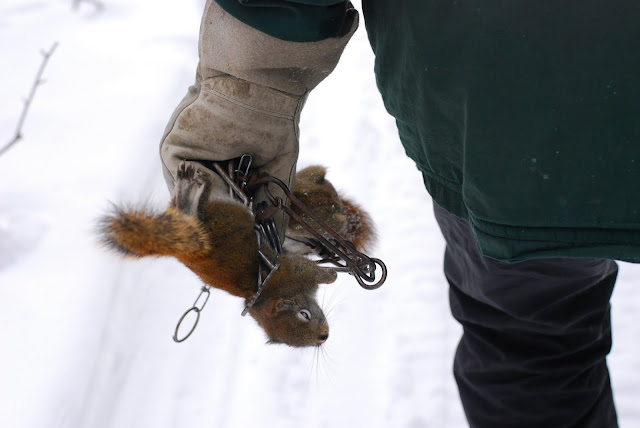Sometimes things can get rather depressing here. Garden Hill is a community that has chosen to refrain from many cultural practices such as drumming, dancing, sweat lodges and traditional medicines in favour of a very narrow minded interpretation of Christianity. There are many residential school survivors living up here, and one of the goals of those schools was to sever the connection those children had to an indigenous education. However about a 20 minute drive from here is St. Theresa Point, a larger reserve where the people have found a way to incorporate traditional practices rather than demonize them. This week we attended a PD there to learn about incorporating traditional knowledge into the classroom. Drumming is alive and well in STP and we were privileged to hear several songs. The community considers the Creator and God as the same being and therefore has brought drumming into the Church for worship making it an important part of daily life.
 |
Grass Dancers
|
 |
| Fancy Dancer |
 |
Traditional Dancers
|
 |
Yes. All of it beads. All of it hand sewn.
|
Regalia is hand made by the wearer or family member and is determined by the kind of dance the dancer wants to do. Fancy shall dancers spin and twirl while jingle dress wearing dancers have many tin cones sewn onto their dress which 'jingle' as they move. Fancy dancers wear elaborate feather adorned regalia and have slow careful movements. I loved the grass dancers. Mostly children, they were all seeping motions and waving fringe.

The same teacher who invited us to the pow wow (Art the elementary Phys. Ed Teacher) asked if I wanted to tag along to help him check his trap lines. Art considers himself a 'weekend trapper' and mainly does it to keep the practice alive as well as supplement his income. Plus it's an excuse to get out to the bush. Art mainly traps marten for their furs and snares the occasional rabbit for food. It's the end of the trapping season, animals are breeding now and it's bad practice to trap pregnant mothers so we were taking everything down. This year he has caught about 70 marten and the average market price for their furs is $60. The traps we collected only caught two squirrels (not the target animal) but we talked a lot about animals, how he learned trapping and snaring from his father, and about recent wolf sightings. A wolf pelt is about $450 but Art doesn't believe in killing wolves for their fur. He sees them as his brothers and you don't skin family.



